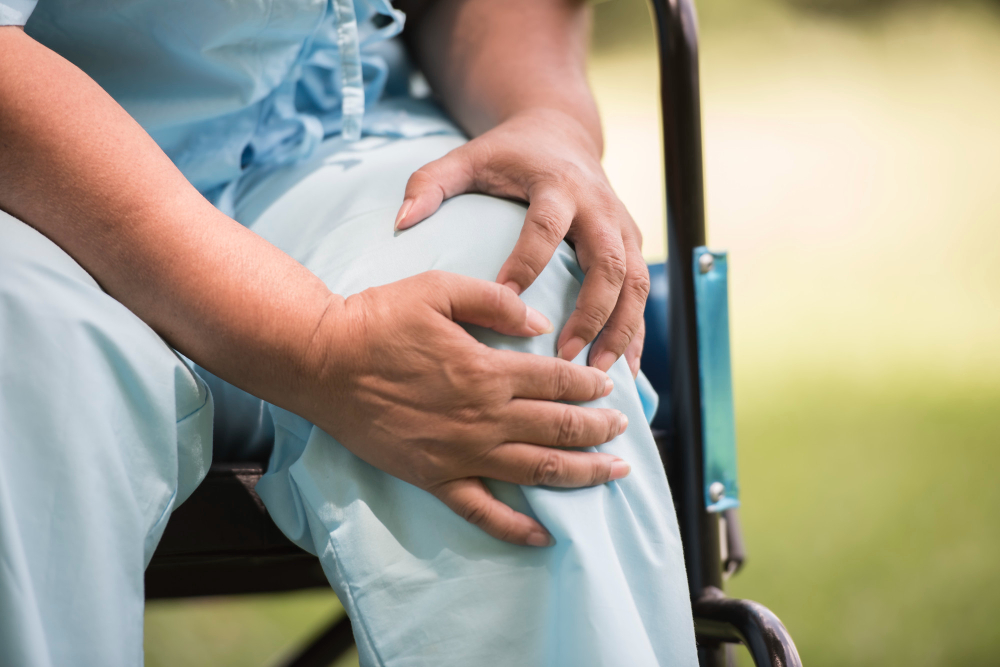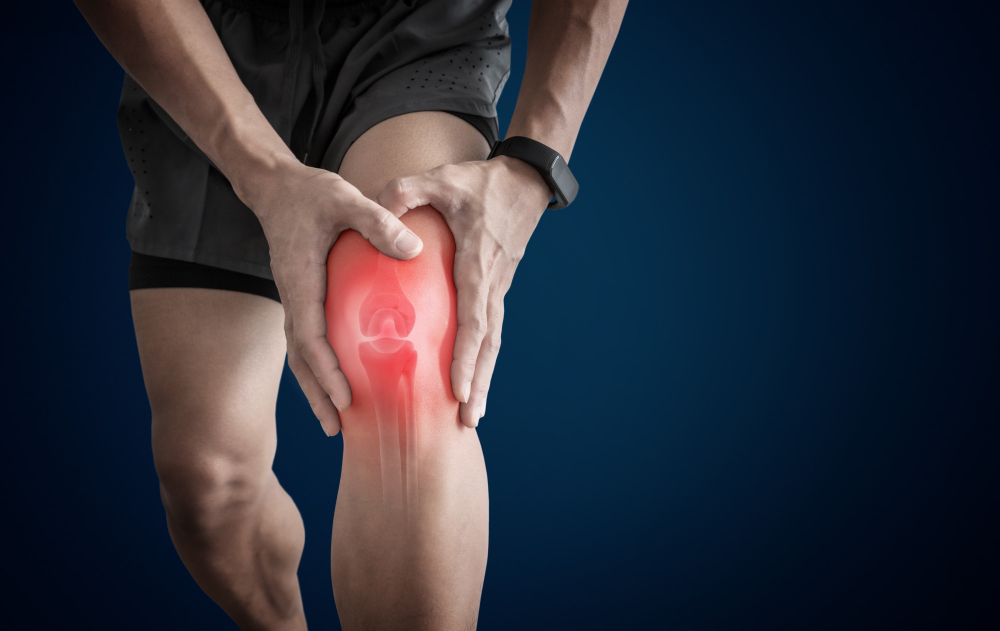-
 Mail us
Mail usinfo@myhealthhospitals.com
-
 Toll Free
Toll Free+91 9111674111
- Book Appointment
Orthopedics
Total Joint replacement(THR/TKR) or arthroplasty, is a minimally invasive orthopedic procedure in which damaged, worn, or diseased joints are replaced with an artificial prosthesis. The treatment includes minimally invasive surgery and postoperative physiotherapy. The main goal of the any joint replacement is to ease the patient’s pain and restore their normal joint mobility and help them in doing their daily activities alone .
Total joint replacement (hip / knee) is often advised for patients with severely damaged or degenerated joints secondary to arthritis related to old age or trauma.
You should start considering total joint replacement surgery if you have:

If you have been diagnosed with arthritis (either hip or knee) after the doctor has examined you , He will clearly explain you the procedure ( joint replacement) by minimal invasive surgery , its benefits , risks , implants used ,duration of surgery(1-3 hrs) , hospital stay duration , post operative complications .
Under general or spinal anesthesia, the surgeon makes an incision over the affected joint, removes the degenerated joints, and inserts the new artificial prosthetis . Then the wound is closed, using sutures or clips, and dressing done .
In minimally invasive surgery compared to traditional surgery, there is minimal bleeding, less post operative complications and less hospital stay .
Post surgery , the patient is kept under observation with intra venous medications like antibiotics , pain killers and physiotherapy and discharged in a couple of days with advice.

Most patients are usually discharged within 1-3 days of the surgery, based on the type and site of surgery and also the type of implant used .
There will be significant improvement in joint strength and range of motion within 4-6 weeks. Mild exercises can be started based on orthopedicians advise after 7-12 weeks.

Some common benefits of total joint replacement surgery are:

The definition of arthroplasty is surgical joint replacement. During the procedure, your surgeon removes a damaged joint and replaces it with an artificial joint. The artificial joint (prosthesis) can be metal, ceramic or heavy-duty plastic. The new joint looks like the natural joint and moves in a similar way.
Joint replacement procedures can help you move without pain and stiffness. After a joint replacement, many people can take part in activities they once enjoyed. These surgeries greatly improve quality of life and overall health by allowing people to have an active lifestyle.
A new joint usually lasts about 10 to 15 years. But everyone has different results after arthroplasty. Talk to your surgeon about what you can do to take care of your new joint. If your joint replacement wears out after 15 years, it may be possible to revise it with a new joint.
Everyone recovers differently from joint replacement.Your recovery time will depend on several factors, including:
For most people, a physiotherapy(PT) program can speed recovery time. PT strengthens the muscles around the replaced joint. This helps them better support the joint. These exercises also increase flexibility and help you move.
You may consider knee replacement surgery if:
Long-term, you may still feel some discomfort and have to limit high-impact activity to protect the replacement joint. But knee replacement can relieve a lot of the pain and help you move much better. More than 90% of people who have a total knee replacement still function well 15 years after surgery.
Many people can get back to their everyday activities three to six weeks after surgery. You will gradually increase activity, starting with a slow walking program. You will be encouraged to stand, climb stairs and perform other normal household activities as soon as possible.
If you cannot find answers to your queries, please fill out the ENQUIRY form or call the number below. We will contact you shortly
+91 9111674111